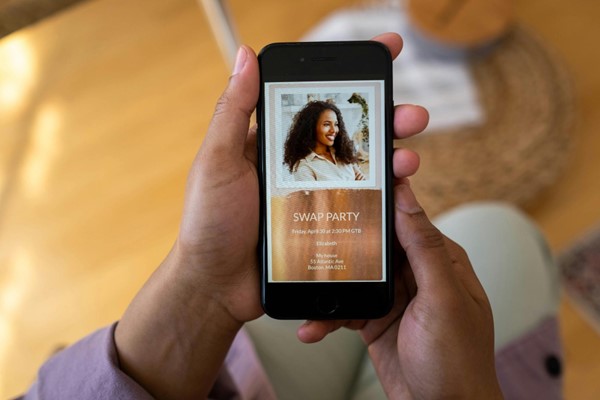As we pivot towards a more digitized world, the landscape of event planning is undergoing a significant transformation. Gone are the days when sending a paper invitation through the mail was the quintessential first step in preparing for an event. Today, digital invitations are not just an alternative but are becoming the preferred choice for many. This shift has ignited a debate: Are digital invitations the future of event planning? Let’s delve into this digital evolution to uncover its potential.
Table of Contents
The Rise of Digital Invitations
The digital age has ushered in an era where convenience meets efficiency. Digital invitations have capitalized on this, providing a seamless way to design, send, and track invites. Beyond convenience, they offer unparalleled creativity and flexibility, allowing hosts to add personal touches that traditional invitations cannot match.
Personalization and Creativity with Digital Invitations
For those looking to create truly customized and memorable event communications, the ability to create invitations online offers an unparalleled opportunity for personal expression and creativity. With tools that allow for the addition of custom designs, animations, and even personal messages, hosts can ensure that their invitation stands out and sets the tone for the event.
Cost-Effectiveness
One of the most appealing aspects of digital invitations is their cost-effectiveness. Traditional invitations can be expensive, factoring in the design, printing, and postage. Digital invitations, on the other hand, often come at a fraction of the cost, making them accessible to a broader audience.
Societal Shifts and Digital Invitations
As society embraces digitization in various sectors, the acceptance of digital invitations has grown. The shift towards digital media for communication has made e-invites a natural progression for event planning. Furthermore, the current generation, adept at digital navigation, prefers the simplicity and speed of digital communications over traditional methods.
Environmental Impact
As the world becomes increasingly conscious of environmental concerns, digital invitations stand out for their minimal carbon footprint. Unlike paper invitations, which rely on paper production, printing, and postal delivery, digital invites are a greener choice, reducing waste and conserving resources.
Enhanced Accessibility
Another significant advantage of digital invitations is their enhanced accessibility. With just a few clicks, an invitation can reach guests anywhere in the world, eliminating the geographical barriers associated with traditional mailed invitations. This global reach makes it easier for hosts to connect with a wider audience, ensuring their event gains the attention it deserves.
Tracking Made Easy
The advent of digital invitations has also revolutionized the way hosts track attendance. Features such as RSVP tracking, automatic reminders, and instant updates provide a level of logistical convenience that paper invitations cannot offer. This not only saves time but also enhances the overall efficiency of event planning.
Integration with Social Media
In today’s interconnected world, the ability to integrate invitations with social media platforms further amplifies the appeal of digital invites. Hosts can easily share their event on various social media channels, allowing for simple RSVPs, increasing visibility, and encouraging interaction among guests. This level of integration adds a dynamic layer to event planning, connecting it more closely with the digital habits of potential attendees.
Future Trends in Digital Invitations
As technology continues to evolve, the future of digital invitations looks even more promising. Innovations such as augmented reality (AR) invitations, virtual event spaces, and AI-driven personalization are on the horizon, hinting at a future where digital invites offer immersive and interactive experiences far beyond what we can imagine today. Embracing these technologies can transform the invitation process into an integral part of the event experience itself.
Final Thoughts
The transition towards digital invitations represents more than just a trend; it signals a shift in cultural and technological paradigms influencing event planning. As we continue to explore the capabilities and benefits of digital invitations, their role in the future of event planning looks promising. While traditional invitations hold a nostalgic charm for some, the efficiency, cost-effectiveness, and creativity of digital invitations make them an appealing choice for the modern host. Whether digital invitations will completely replace traditional ones remains to be seen, but their growing popularity indicates a significant shift towards embracing digital solutions in event planning.

